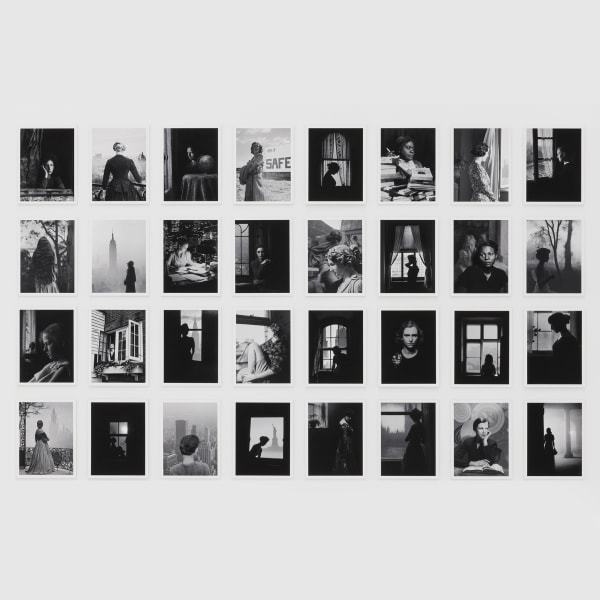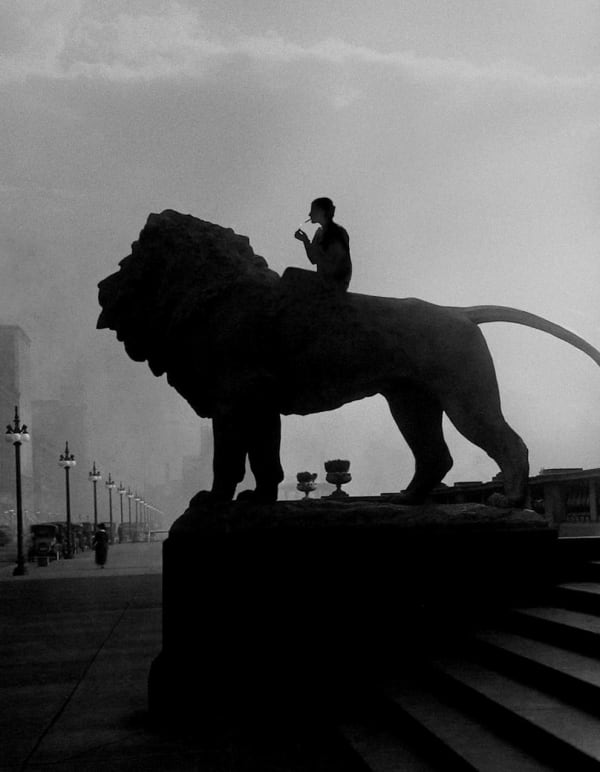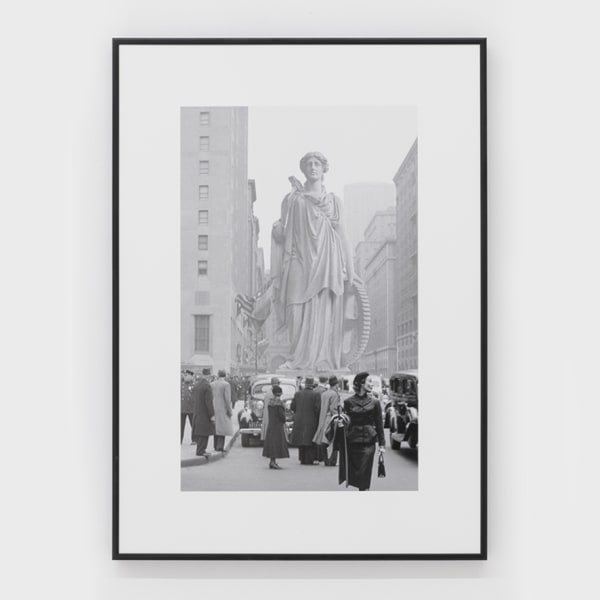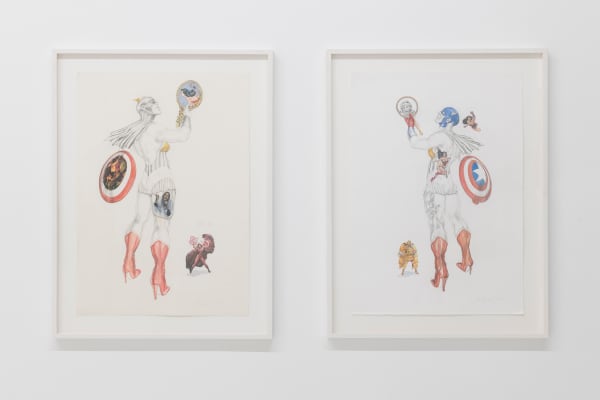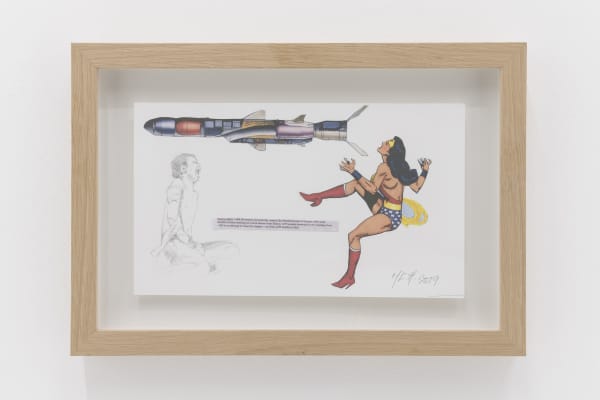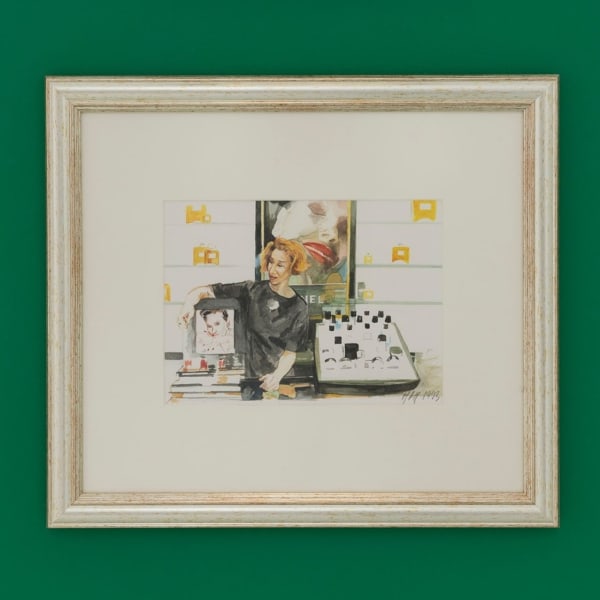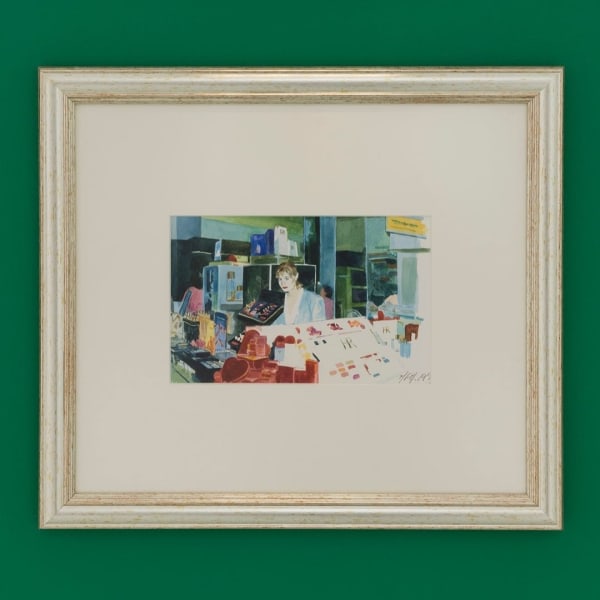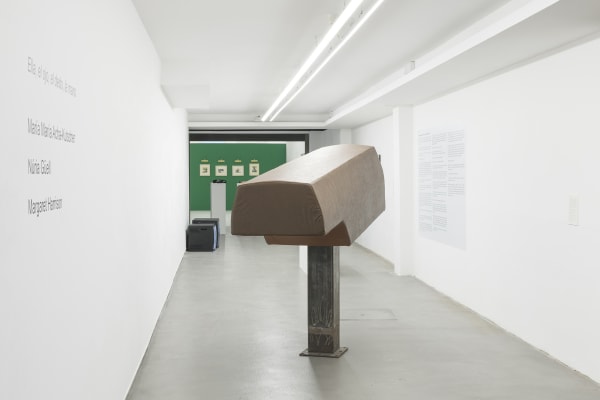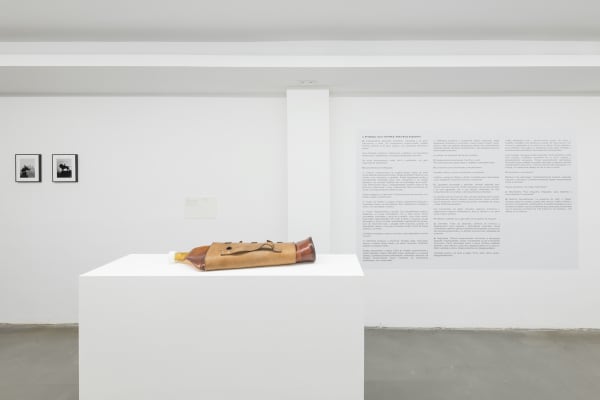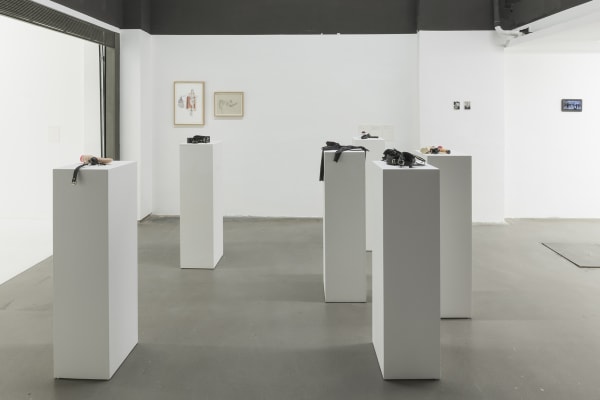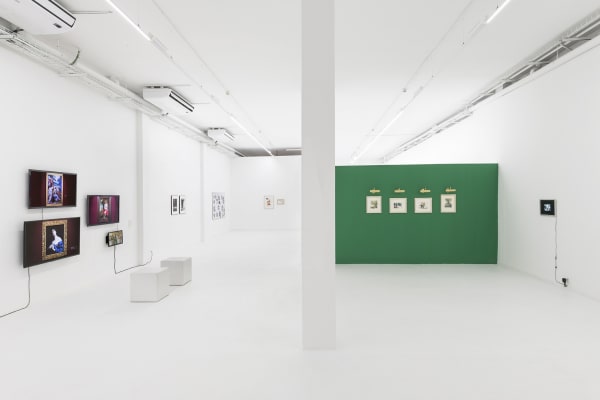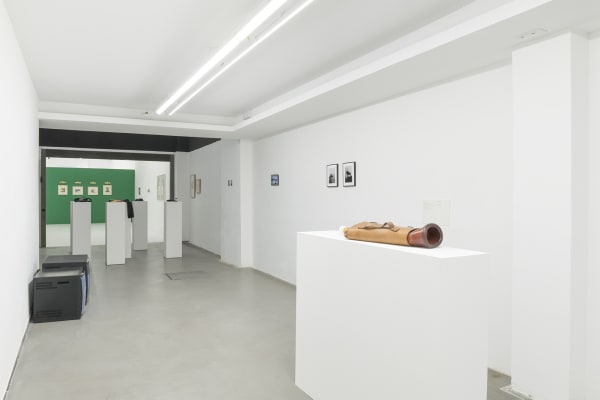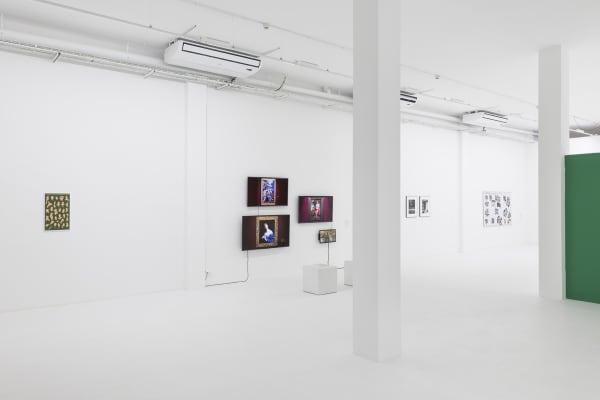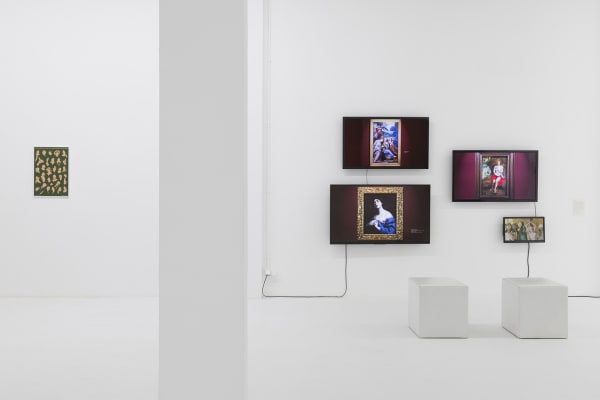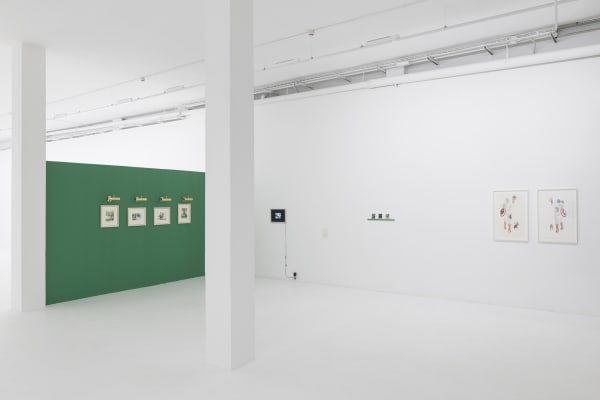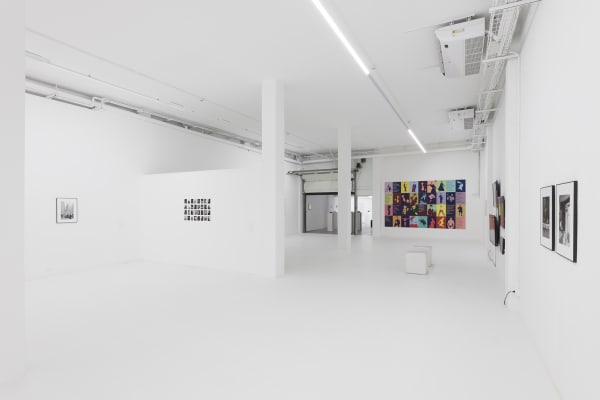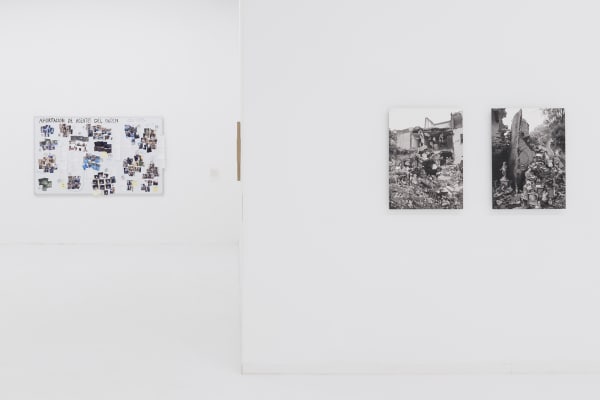She, the eye, the finger, the hand: María María Acha-Kutscher, Margaret Harrison & Núria Güell
ADN Galeria will start off the 2020-2021 season with the group show She, the eye, the finger, the hand, with works by artists María María Acha-Kutscher, Núria Güell and Margaret Harrison. The project, curated by Alexandra Laudo, establishes a dialogue between militant feminist works that critically review visual stereotypes. This exhibition is part of the Barcelona Gallery Weekend 2020 program.
She, the eye, the finger, the hand establishes a dialogue among a selection of works by three artists of different nationalities and generations: Margaret Harrison (1940, Wakefield, United Kingdom), María María Acha-Kutscher (1968, Lima, Peru) and Núria Güell (1981, Vidreres, Spain). In spite of their generational and contextual differences, and of the specificity and singularity of their works, it is easy to identify similar approaches, themes and discursive lines in the artistic practices of these three creators.
The first term of the title, She, does not refer only to the obvious circumstance of them being women, but alludes to the fact that they work from a declared and manifested feminist standpoint through which they analyze different forms of violence and oppression exercised against women as political subjects. They are aware that violence and gender discrimination are inherent to other forms of oppression, such as racial or class subjugation, thus they advocate an inclusive and transversal feminism that denounces the violation of rights of any subordinate subject, and claim an egalitarian world where all people can define the conditions of their existence. For its part, the eye emphasizes on the function of observation and documentation of reality that the three of them exercise as artists, also highlighting the assumption of responsibility that derives from witnessing, and sometimes even being accomplices, of different forms of social injustice.
The eye also refers to an interest in analyzing and critically reviewing visual canons, the stereotyped representation of the female figure in art history, and Núria Güell, De putas. Joguines, the conventions that have shaped the forms of reception and interpretation of artistic images over the years. In their works, and unlike other political artists who limit their activism to documentarism, Harrison, Güell and Acha-Kutscher not only record and bear witness to the different forms of social injustice, but also confront them.
The finger refers to their determination to point out the abuses made by systems of oppression and hegemonic power, but it also refers to their ability to recognize the privileges granted to them for being well-known artists and European residents; privileges that they use in favor of the cause they defend. That is why the last term is the hand, a bodily element that represents an active and direct form of relationship with the world, one that symbolizes their shared conviction of understanding art as a tool for social transformation and as a space for the exercise of activism.
-
 María María Acha-Kutscher, Womankind. Saudade, 2020
María María Acha-Kutscher, Womankind. Saudade, 2020 -
 María María Acha-Kutscher, Womankind. Monument 1, 2020
María María Acha-Kutscher, Womankind. Monument 1, 2020 -
 María María Acha-Kutscher, Womankind. Monument 2, 2020
María María Acha-Kutscher, Womankind. Monument 2, 2020 -
 María María Acha-Kutscher, Womankind. Colossus 1, 2015
María María Acha-Kutscher, Womankind. Colossus 1, 2015 -
 María María Acha-Kutscher, Herstorymuseum. Permission de Travestissement, 2020
María María Acha-Kutscher, Herstorymuseum. Permission de Travestissement, 2020 -
 María María Acha-Kutscher, Herstorymuseum. Writers with Pseudonymous, 2020
María María Acha-Kutscher, Herstorymuseum. Writers with Pseudonymous, 2020 -
 Núria Güell, Aportación de agentes del orden, 2009
Núria Güell, Aportación de agentes del orden, 2009 -
 Margaret Harrison, Getting close to my masculinity, 2013
Margaret Harrison, Getting close to my masculinity, 2013 -
 Margaret Harrison, Ejaculator, 2007
Margaret Harrison, Ejaculator, 2007 -
 Margaret Harrison, Anger and fear, 2020
Margaret Harrison, Anger and fear, 2020 -
 Margaret Harrison, Scents of Identity: Fenwicks store, London (1), 1993
Margaret Harrison, Scents of Identity: Fenwicks store, London (1), 1993 -
 Margaret Harrison, Scents of Identity: Fenwicks store, London (3), 1993
Margaret Harrison, Scents of Identity: Fenwicks store, London (3), 1993 -
 Margaret Harrison, Scents of identity: Magnin store; San Francisco (2), 1993
Margaret Harrison, Scents of identity: Magnin store; San Francisco (2), 1993 -
 Margaret Harrison, Scents of Identity. Magnin store, San Francisco (3), 1993
Margaret Harrison, Scents of Identity. Magnin store, San Francisco (3), 1993 -
 Margaret Harrison, Ellen's Dress, 1998
Margaret Harrison, Ellen's Dress, 1998


